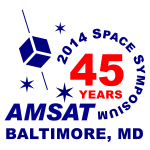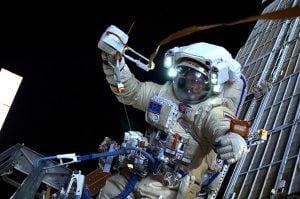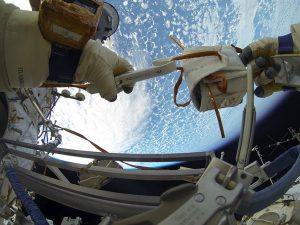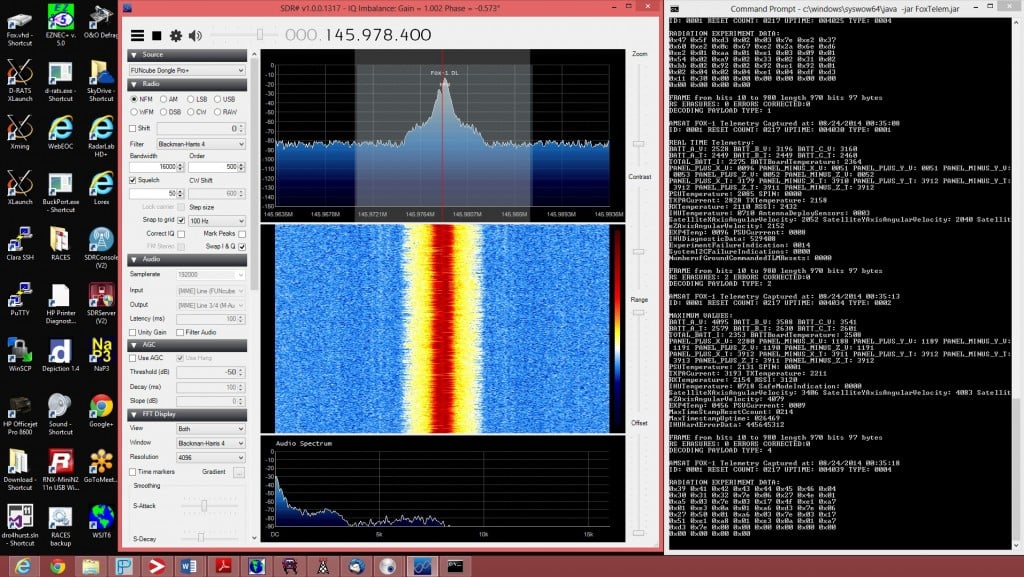For those that are attending this year’s AMSAT Space Symposium in Baltimore, we have a special treat for you. The AMSAT symposium committee has confirmed that one of the original Tuskegee Airman, Col. Charles E. McGee, will be attending our conference on Friday October 10th. Col. McGee will give a special presentation at our symposium on his experiences as a Tuskegee Airman and as an Army Air Corps and Air Force Pilot. A short question and answer period will follow.

Born on December 7, 1919, McGee rose to the rank of Eagle Scout in the Boy Scouts and, shortly after WWII broke out, joined the Army. He became a pilot in what was dubbed the Tuskegee Experiment, the first squadron of African American pilots, also known as the “Red Tails” from their red markings on the tails of their aircraft. Col McGee and his Tuskegee colleagues fought two wars—World War II and the war on segregation. This required them to develop an unprecedented level of discipline, excellence and fortitude to achieve success.
In World War II McGee flew numerous aircraft, including the famous P-51 Mustang as part of the 332 Fighter Group, one of three groups designated as the “Red Tails.” He provided fighter escort for the B-24 Liberator and B-17 Flying Fortress bombers over Germany, Austrian and the Balkans. He holds a US Air Force record of 409 fighter combat missions flown in World War II, Korea and Vietnam. Col. McGee received numerous awards for his service, including the Legion of Merit, Distinguished Flying Cross, Bronze Star Medal, and Air Medal with 25 oak leaf clusters, amongst others. In 2007 Col McGee and the surviving Tuskegee Airmen were awarded the Congressional Gold Medal by President George W. Bush.
Col. McGee’s presentations are an inspiration to all. He demonstrates, through his life lessons, the need to persevere despite all obstacles and to do your best in all endeavors. Do not miss out on this opportunity to meet this remarkable living legend.
For those still on the fence on whether come to this year’s symposium, you now have no excuse. This special presentation is a must see for all.
Frank Bauer, KA3HDO
Symposium Committee Chairman





